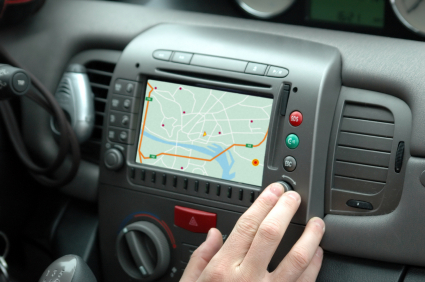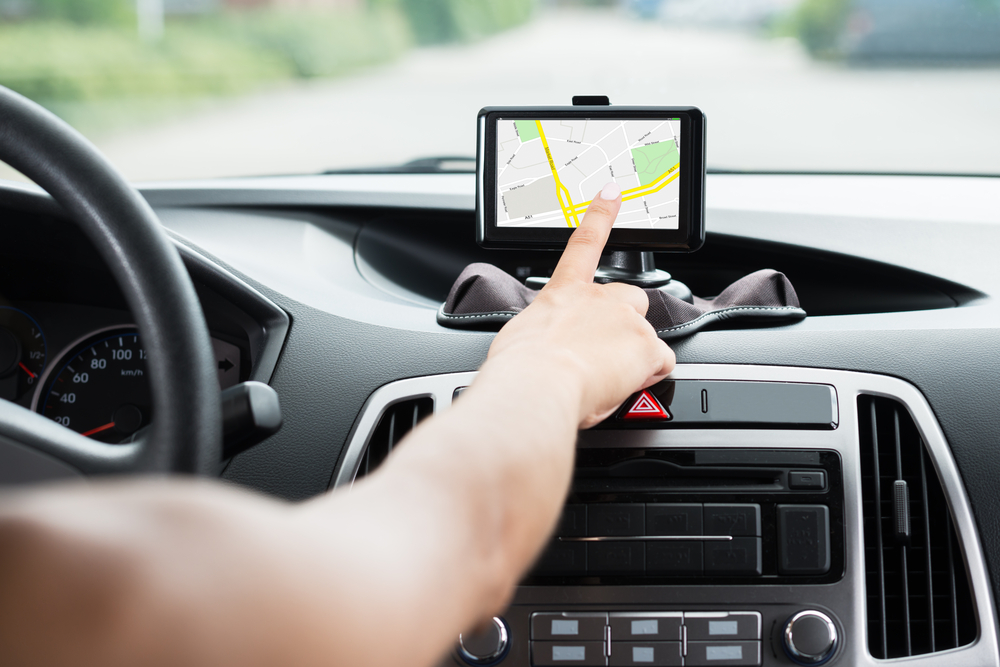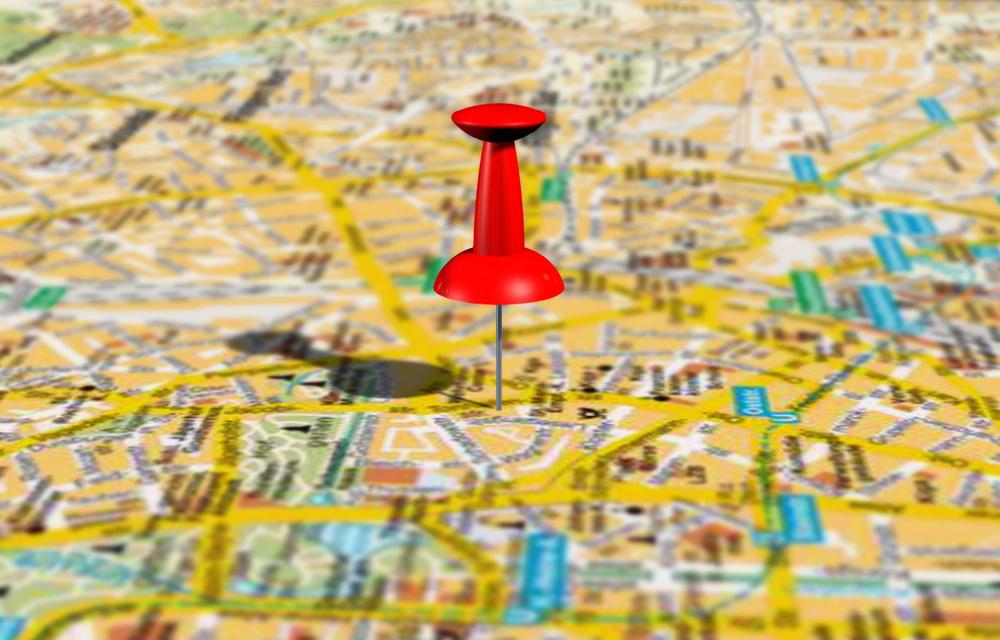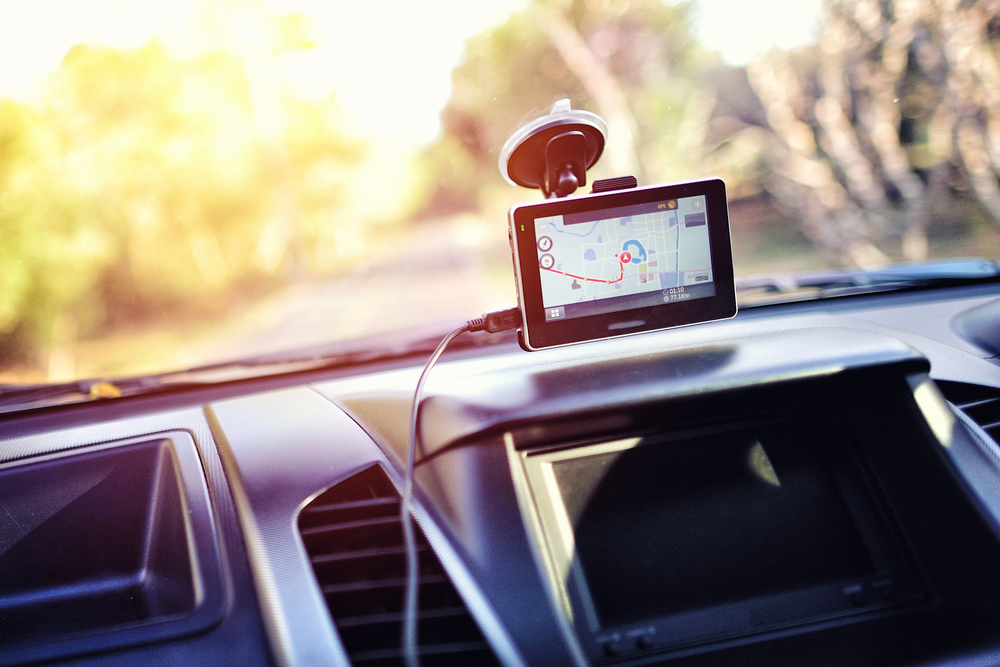Unlocking the Secrets of GPS Technology
Explore intriguing facts about GPS technology, including satellite details, global systems, and the science behind accurate navigation. Learn how GPS influences modern life and its vast applications beyond simple location tracking.
Sponsored

Discover Fascinating Insights About GPS Tech
Global Positioning System (GPS) technology is integral to countless everyday applications. Originally created to help users determine their exact location via satellite signals, today GPS is embedded in many devices and services. Despite its widespread use, there are intriguing facts about GPS that many may not know. Here’s a closer look at this technology that’s been shaping navigation for over thirty years.
GDPS and Global Navigation Systems The basic idea behind GPS may sound unique, but similar systems exist worldwide.
While GPS remains the most popular, several other satellite-based navigation systems operate globally. Russia’s GLONASS, Europe’s Galileo, and China’s BeiDou are notable examples. Currently, only GPS and GLONASS offer comprehensive worldwide coverage, whereas Galileo and BeiDou are still expanding their reach.
Number of Orbiting Satellites: To provide precise location data, GPS relies on a constellation of around 32 satellites orbiting Earth. While a minimum of 24 satellites were once sufficient for continuous coverage, today an additional eight satellites enhance system reliability and maintenance flexibility.
Satellite Visibility and Line of Sight: Despite 32 satellites in orbit, only four need to be visible to a GPS device at any moment for accurate positioning. This ensures that the device receives constant signals to determine exact location, thanks to the constant speed of light transmission.
Relativity and Its Impact: Einstein’s theory explains that clocks aboard satellites run slightly faster due to weaker gravity. Without accounting for this micro-time difference of about 38 microseconds daily, positional accuracy could shift by miles. This highlights the importance of precise timing for GPS functioning.
Public Ownership and Use: Originally developed for military purposes, GPS technology was made available for civilian use by the U.S. government after 2000. Today, it’s an essential part of daily life, guiding everything from smartphones to navigation systems.
Additional GPS Applications:
GPS provides accurate timing thanks to onboard atomic clocks.
It's used in specialized footwear for Alzheimer’s patients to aid in tracking.
Navigation systems rely on GPS for safe travel across ships, planes, and vehicles.






